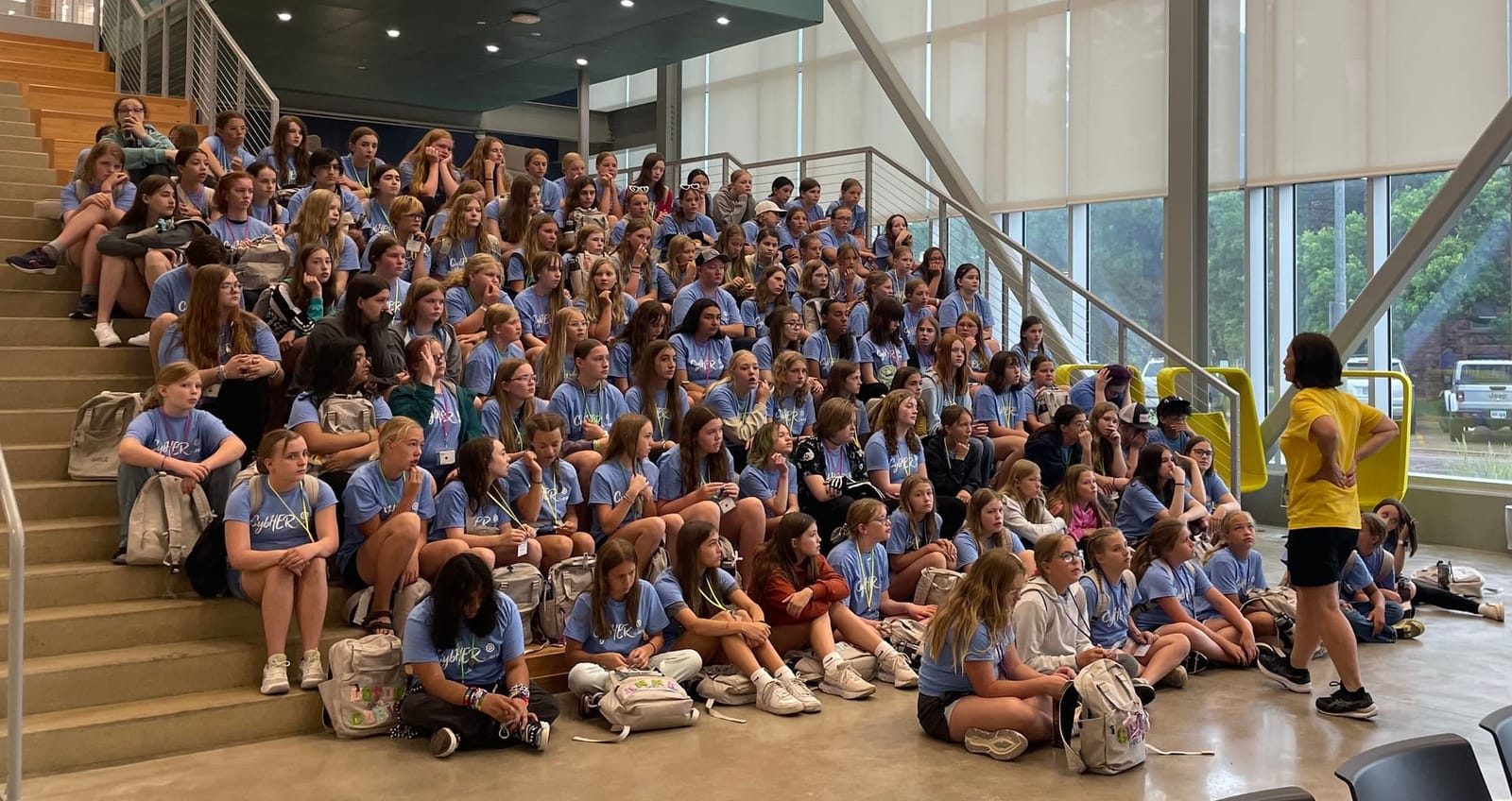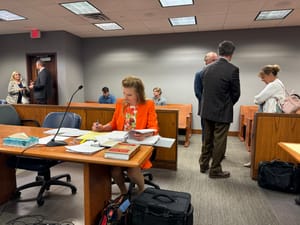MADISON, S.D. – The campus of Dakota State University came to life this summer, when more than 100 middle school girls arrived to learn about cybersecurity.
One of the girls, Suzanna Koetters, traveled to Madison from Sioux City, Iowa, to participate in this year's GenCyber Girls in CybHER Security Middle School Residential camp.
"Earlier, when we were told about the classes, lock-picking was one of them, and I want to learn to lock-pick – probably just to annoy my family," Suzanna said, adding that she is also excited to learn to code.
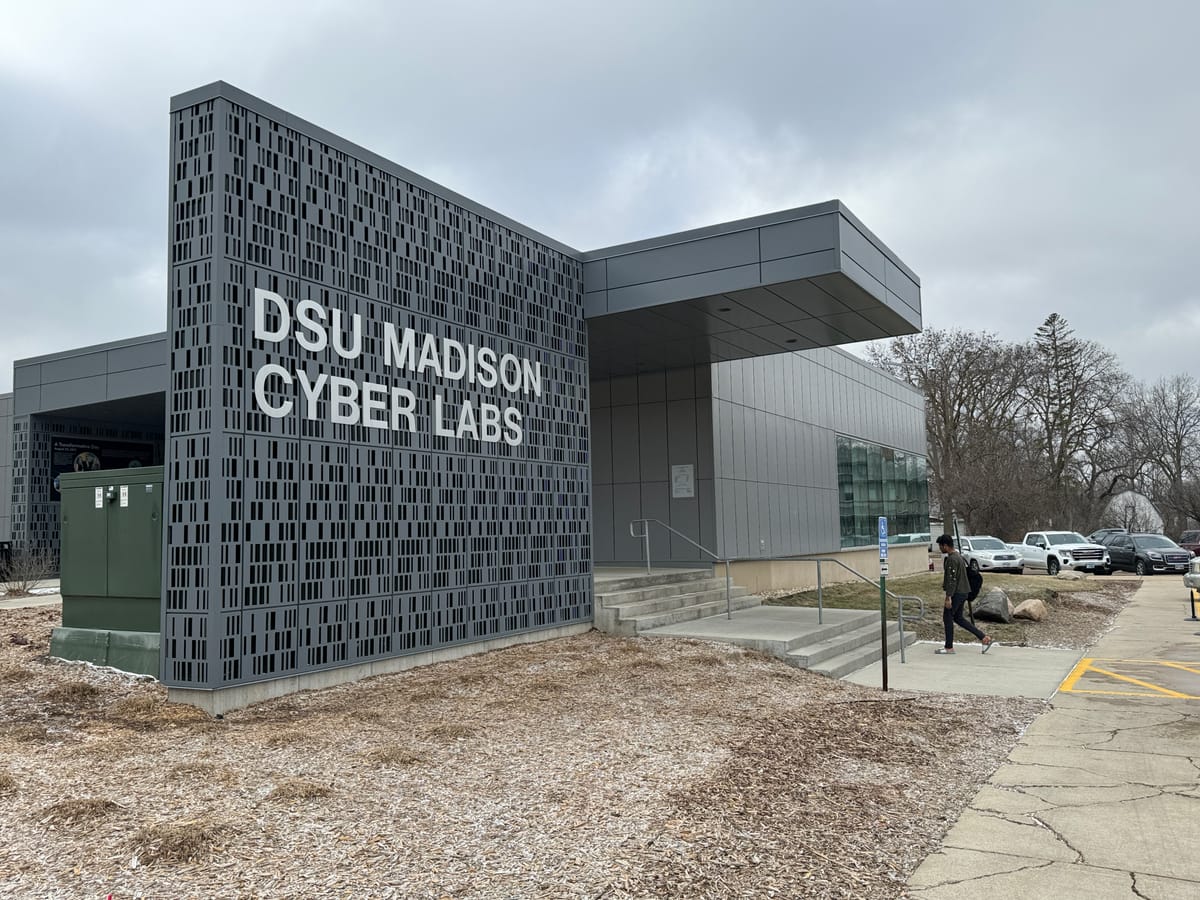
When she grows up, Suzanna wants to be an "aerospace engineer or an electrician, or if those two don't work out, somebody who codes websites." Whatever career path she ends up following, she plans to use the knowledge from the camp to create safe and reliable websites.
Initiative attracts girls to Dakota State University
The number of female students in Dakota State's programs in cyber operations, computer science, and network and security administration increased by 595% between the fall of 2013 and the fall of 2019, according to the CybHER 2019-2020 annual report.
Similarly, the number of female first-year students in all majors within the Beacom College of Computer and Cyber Sciences at Dakota State grew by 313%, the same report shows.
Ashley Podhradsky, one of the CybHER co-founders, said this growth demonstrates that the organization's approach and consistency are paying off and that more women are discovering the field.
"It's something that we are proud of, but we're not satisfied with, and we're going to keep working to do better," Podhradsky said.
The science, technology, engineering and mathematics (STEM) workforce in the United States grew from 29 million to 34.9 million between 2011 and 2021, according to the National Center for Science and Engineering Statistics.
While the number of women in STEM also grew within the same 10 years – from 9.4 million to 12.3 million, it still does not equal the number of men in the field, nor is it similar to the number of men in STEM in 2011.
As of 2021, 35% of the STEM workforce was female, which is a slight improvement since 2011, when women made up 32% of all STEM professionals.
The report also said that 65% of female workers in STEM had at least a bachelor's degree, compared to 43% of their male counterparts who had an equivalent level of education.
Jane Utecht, strategic communications coordinator at Dakota State University, said in an email that out of the 580 students who took part in three GenCyber camps from 2018 to 2021, 18% chose to pursue a bachelor's degree at Dakota State University.
Guest speaker shares experience at CybHER camp
The annual camp spans five days and includes multiple lectures and activities.
After receiving their laptops, backpacks, T-shirts and room keys, all the girls were split into three teams, each named after a notable woman who works in cybersecurity: Mary Horvath, senior digital forensic examiner with the Federal Bureau of Investigation's Computer Analysis Response Team; Jessica Hyde, consultant to Magnet Forensics and adjunct professor at George Mason University; and Cathy Johnston, vice president of mission integration at Peraton.
Johnston delivered a keynote presentation about the ubiquity of cyber. She used major political and social events, such as cyber attacks on critical infrastructure in Guam, as well as personal anecdotes, like the time she could not find a place to fuel her car because of a cyber attack, to stress the importance of cybersecurity literacy.
Though this was the first time Johnston worked with CybHER, she said she has been encouraging girls to get into STEM fields throughout her entire career.
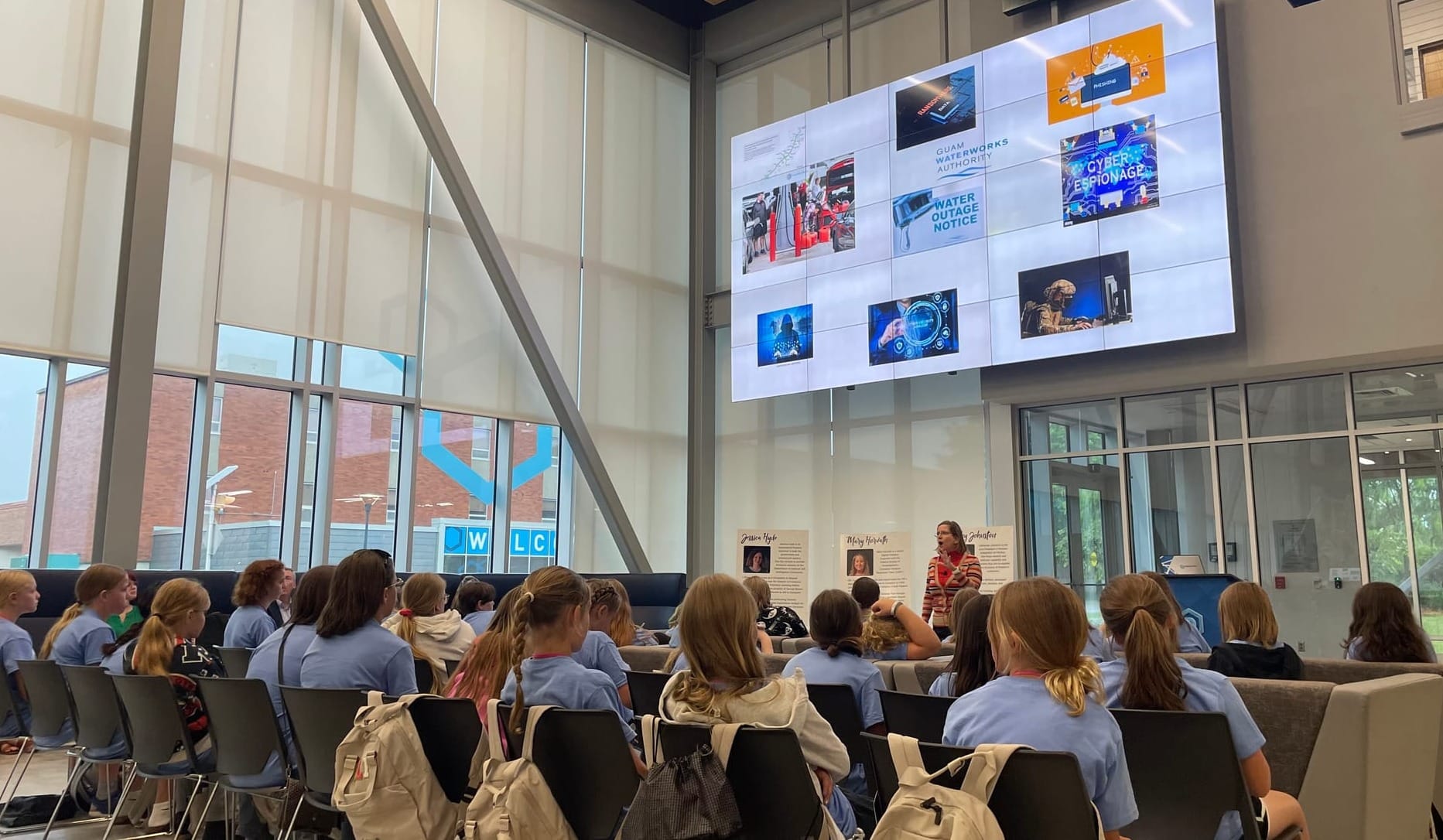
She said the aim of her presentation was to show that cyber "is not a big scary thing" but something that is accessible and necessary.
"I hope that they see that there are all kinds of super exciting career opportunities for folks that study cyber and that they take on some personal responsibility for cybersecurity," Johnston said.
Cybersecurity curriculum evolves to sustain interest
After Johnston's presentation, the three teams took on different hands-on activities.
Students from Team Cathy engaged in a breaker day activity, in which they learned what is inside hard drives. Meanwhile, Team Jessica students mastered lock-picking and made friendship bracelets using binary code.
Hailey Naber, a ninth grade student, said while the influence of technology is growing, so is the initiative to understand cybersecurity, which can "prevent people from being attacked and having (their) information stolen."
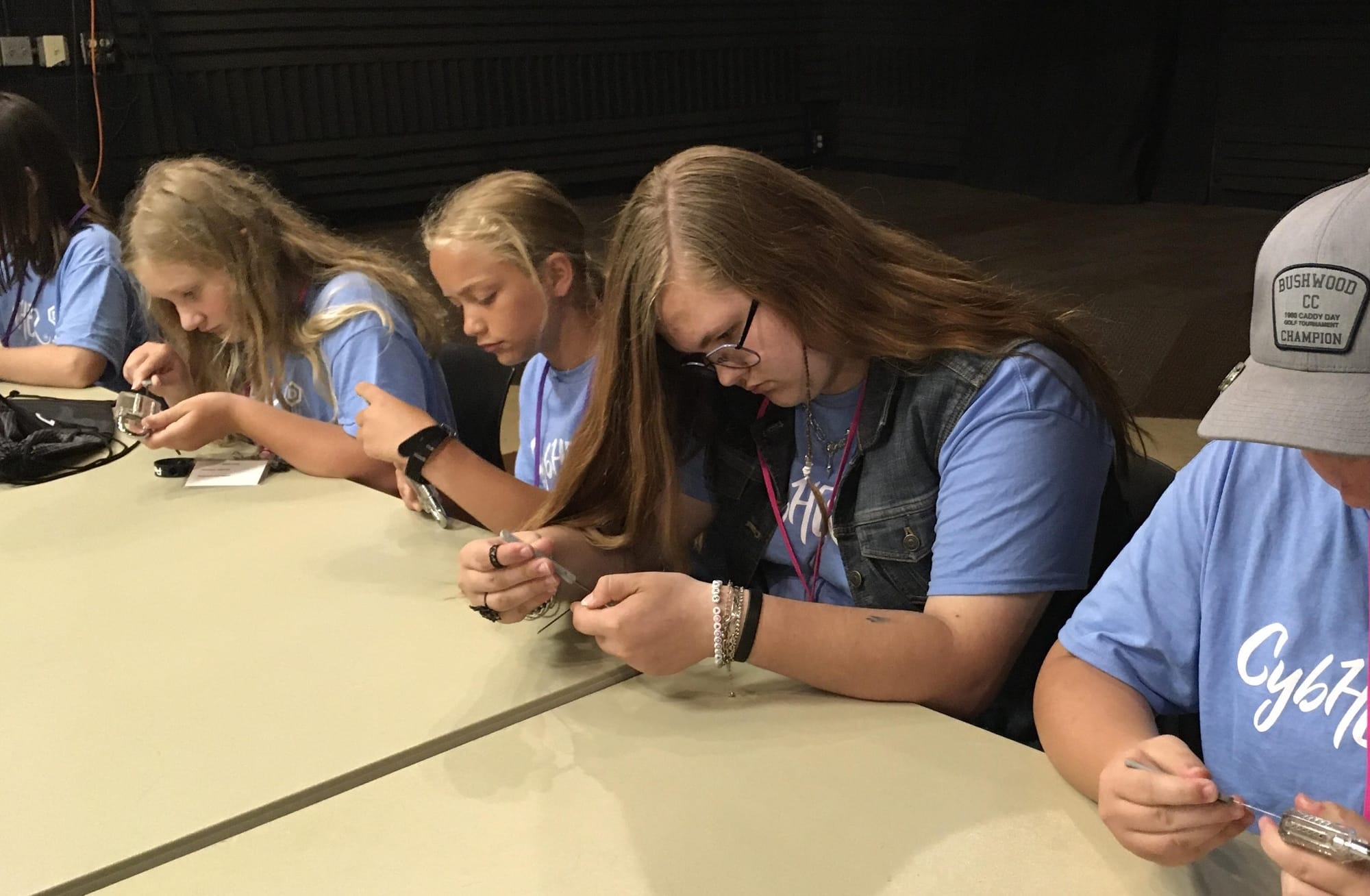
Hailey is one of several returning students. She first attended the camp after finishing sixth grade and decided to come back because of how much fun her experience was.
Kanthi Narukonda, director at CybHER Institute and associate professor at Dakota State University, said one of the goals of the camp is to diversify the curriculum to an extent that even returning students learn new things.
"There is one module called 'Cybersecurity Concepts and Ethics.' The definitions of each of those concepts do not differ, but the way that we explain it to (the students) and the activities that we do for those specific lessons differ every year," Narukonda said.
Over the five days, participants of the camp took a variety of classes that covered topics from Python programing and block coding to notable women in cyber.
A hands-on activity that proved to be popular not only among the students but also those leading the camp was building Wobble Bots. Constructed out of Solo cups, a battery pack and a motor, these robots spun on their "legs" made of markers, leaving colorful traces.
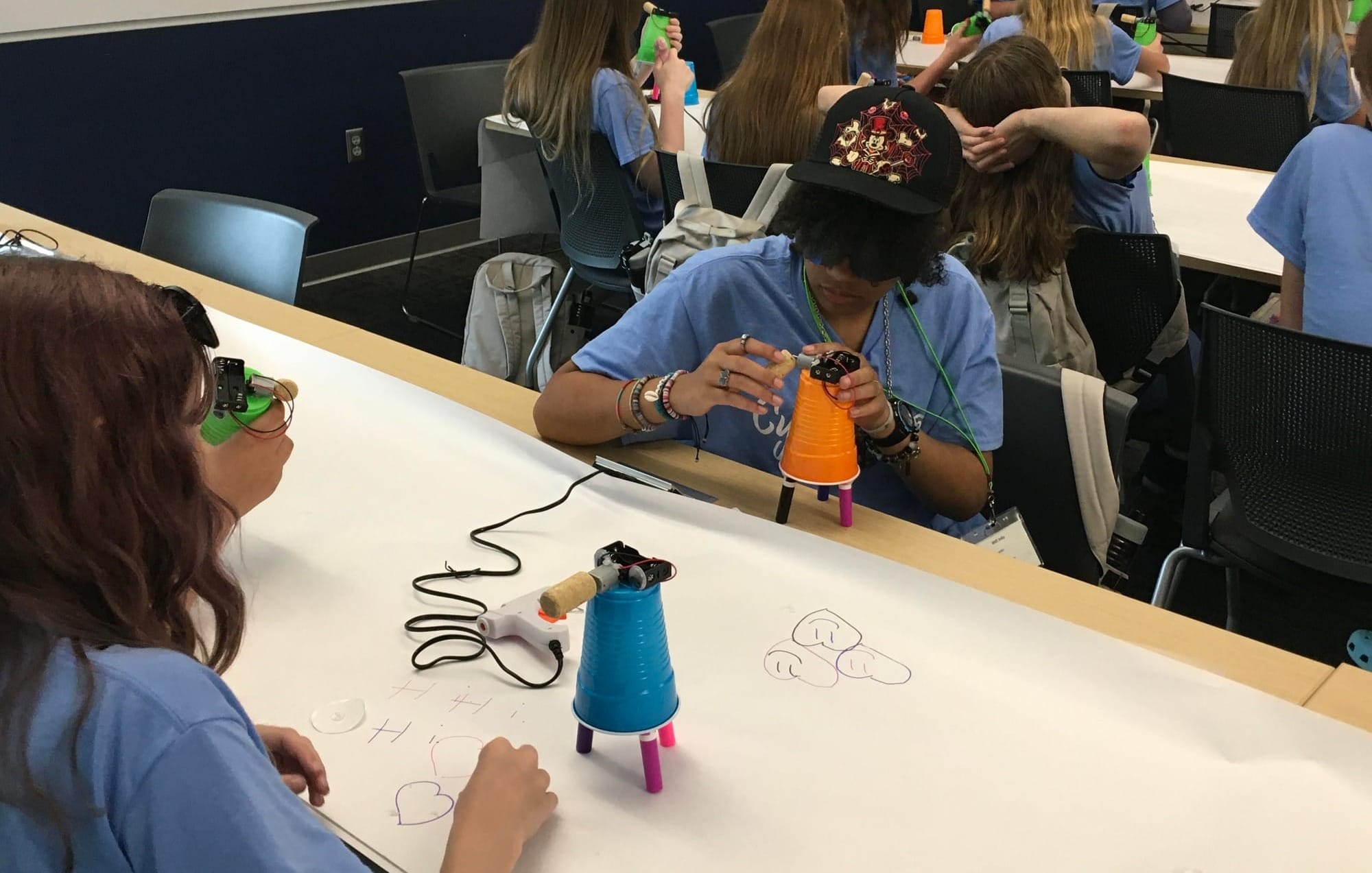
Representation matters for career aspirations
The camp also included an ice cream social that introduced the girls to women who work in cyber and STEM fields, which counters the belief among some people that cyber is a highly technical field not suitable for girls, Narukonda said.
"It's very important to have a space where young girls can learn and do activities on their own time, with their own peers, without the fear of being considered geeky or other terms," she said. "It's very important to have a space where they know that they will be supported, that they will be encouraged, and that they can look up to role models who look just like them."
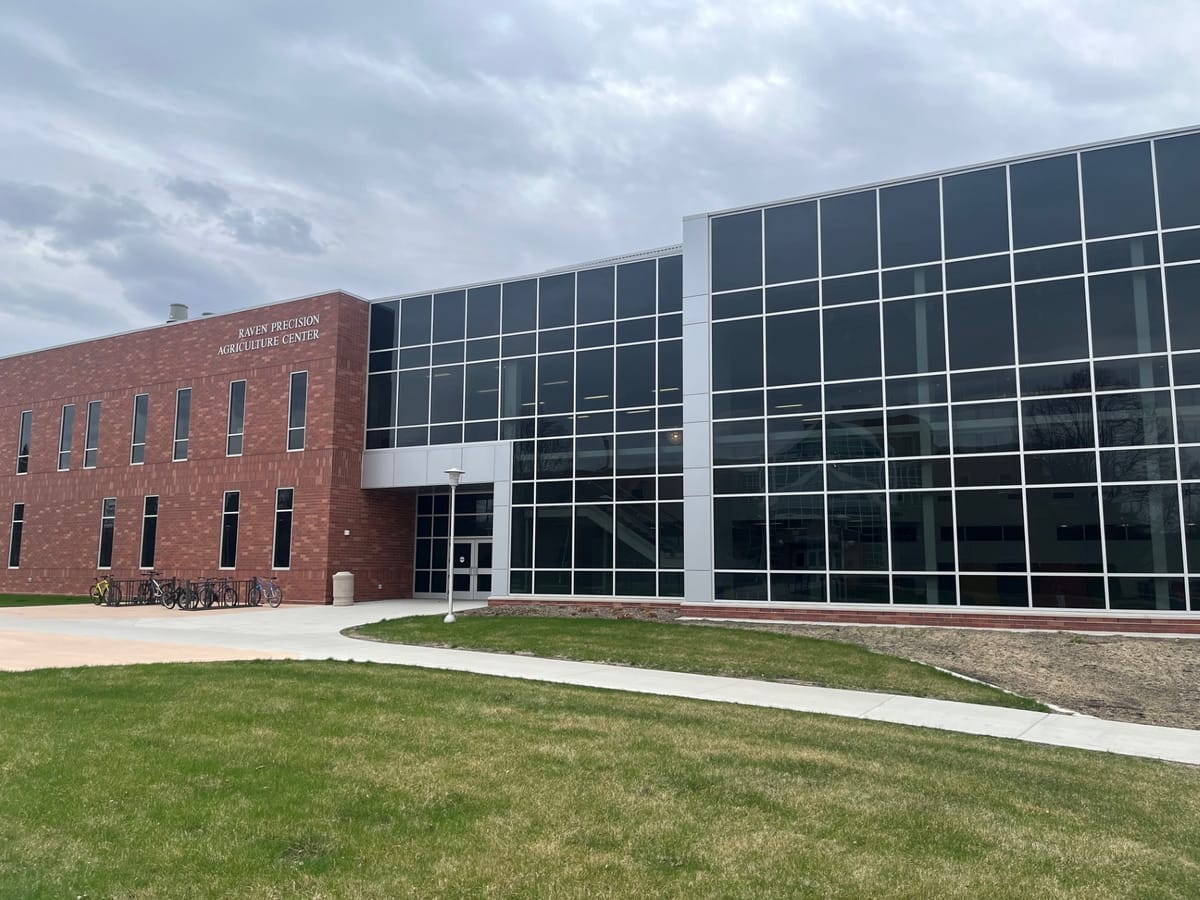
One of Podhradsky's main aspirations is for women and girls to see cybersecurity as a viable career option. She said it is not uncommon for boys to want to be soldiers or police officers because they often see people they respect and admire have these jobs. Women in STEM careers often do not have such representation.
"I want girls to know that (cybersecurity) is an engaging, social, fun environment, and it's not some of the stereotypes that we see – not a hacker hiding in mom's basement," Podhradsky said.

Unlike camper Madelyn Engebretson, who said she is considering a career in cyber, Narukonda said she did not know she would end up working in the field until she was pursuing her bachelor's degree.
At first, she wanted to be a medical doctor. Then she changed her mind and got into a computer science and engineering program at a university in India. A fan of cryptography puzzles, she said she was fascinated by a class called information security.
"I never anticipated that I would be in cyber security because when I was in sixth or ninth grade, I didn't even know of cybersecurity," Narukonda said.

Similarly, Podhradsky wanted to be an attorney until a technology coordinator taught her how websites are made.
"She brought me to a server room and showed me how you go from a computer to a server and then to the internet, and that was really interesting to me," Podhradsky said. "In high school, I was captain of the basketball team and president of a computer club."
CybHER camp expands reach
Until recently, the cybersecurity camp was only open to students entering sixth through ninth grade. Things changed last year when a group of six fourth-grade girls joined the camp thanks to a partnership with the Palo Alto Networks cybersecurity company.
Narukonda said this year the number of fourth graders has doubled and that she foresees this addition to be a recurring practice.
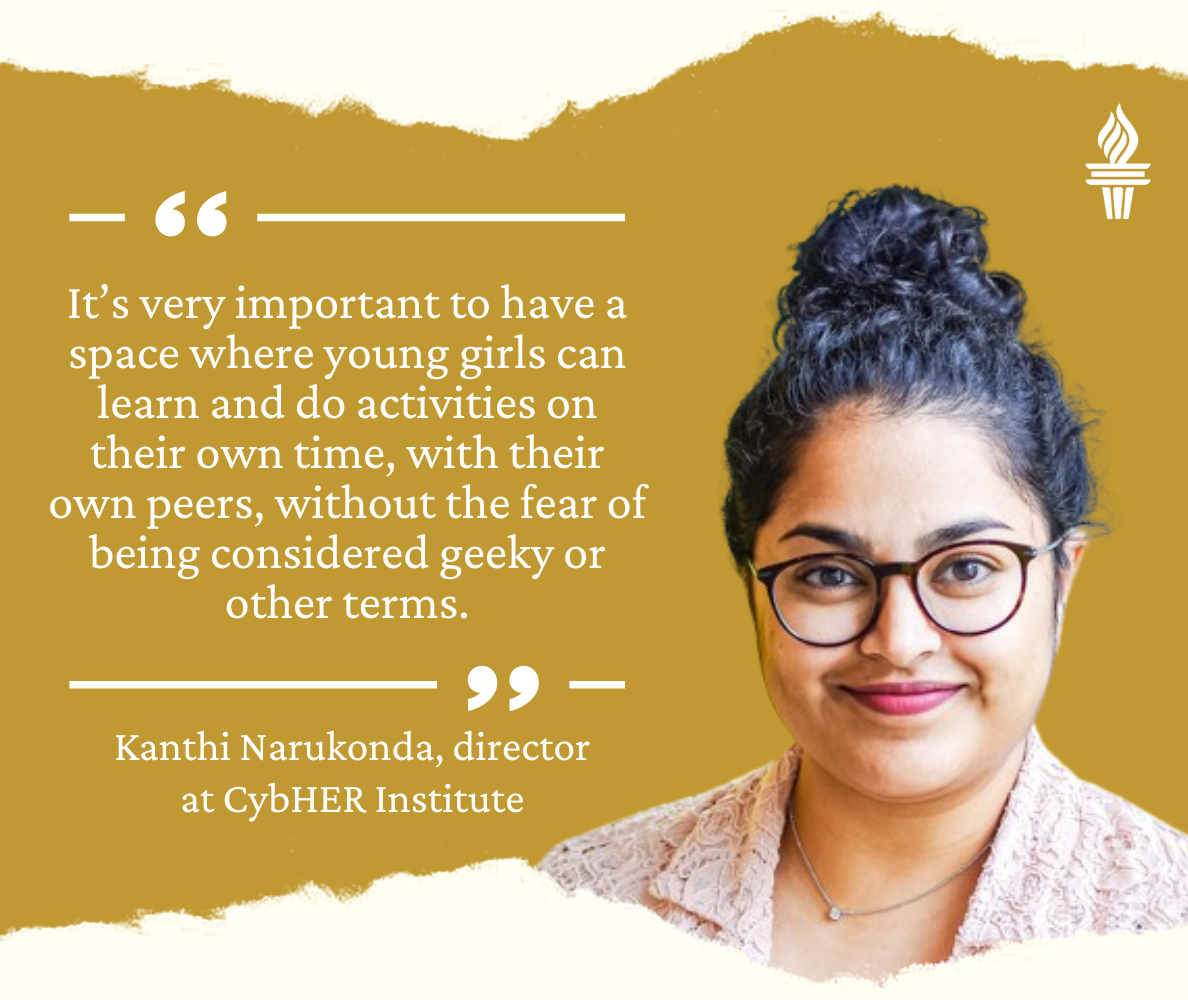
Furthermore, in collaboration with AT&T, CybHER has taken cybersecurity classes to nine Native American reservations across the state.
Podhradsky said CybHER visits Boys and Girls Clubs associated with the reservations to teach core cyber competencies to the children who attend them and online safety to their parents.
Gender diversity has improved but not ideal
Narukonda went on to complete a master of science degree and is currently pursuing a doctorate degree in cyber defense at DSU.
She said from her experience, computer-related classrooms are more diverse in terms of gender in universities in India than they are in the United States, which was "mind-boggling" to her.
Now as a faculty member, Narukonda said she sees more female students in undergraduate programs than she did when she was doing her master's program.
"I'm pretty sure there were like two or three out of 10 students that were female," she said. "Now I see like four or five maybe."
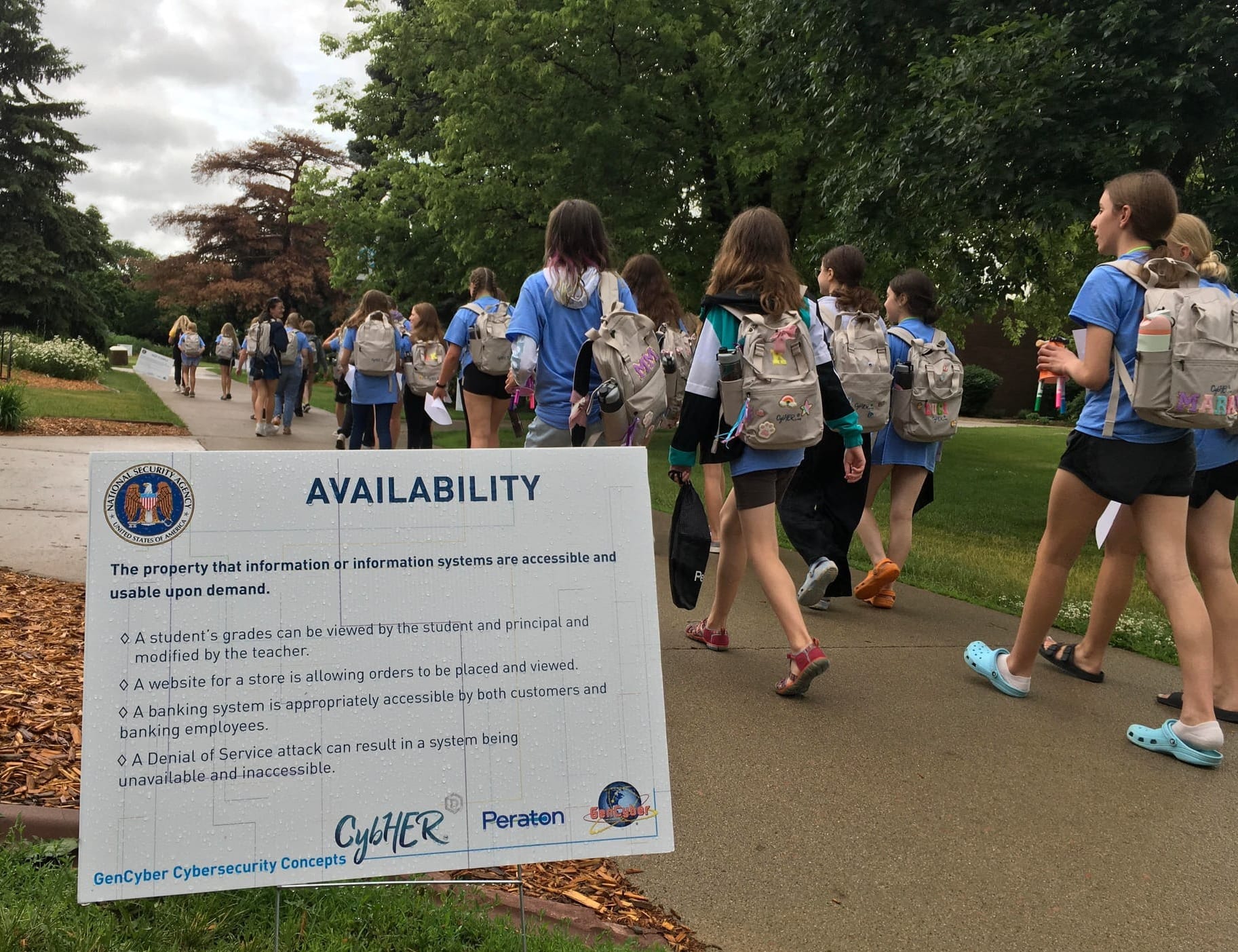
Being the only woman at a table all too often and "wanting to be one of many" is the reason why Podhradsky co-founded CybHER with Pam Rowland.
"We decided to do whatever we can to help more women be interested in STEM," Podhradsky said, adding that research shows that girls who are curious about cyber or STEM careers tend to lose this interest by high school.
While most of the girls who ended up returning to DSU after the camp chose to pursue a bachelor's degree in cyber operations, Utecht said in an email that a fair share went on to get their degrees in majors like computer game design, digital arts and design, English and accounting.
"We know that a lot of these girls will go to college and their future careers will be different," Podhradsky said. "We want the people that are in retail, in manufacturing, in education, in health care, in law to be the ones who are not going to click on that malicious link and set off a cyberattack at their organization."
This story was produced by South Dakota News Watch, an independent, nonprofit news organization. Read more in-depth stories at sdnewswatch.org and sign up for an email every few days to get stories as soon as they're published. Contact us at info@sdnewswatch.org.

